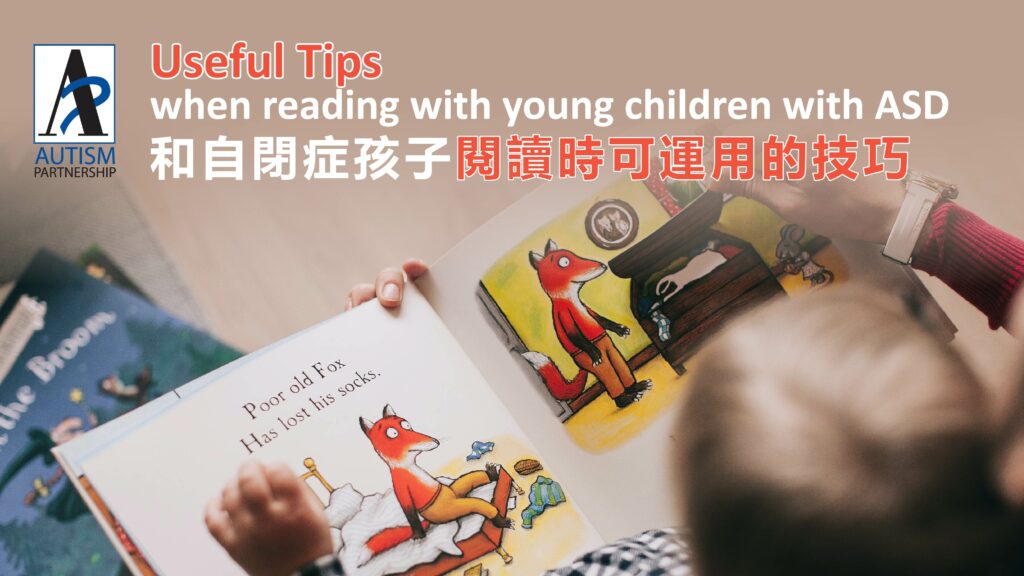
Parents often talk to us about reading with their child being a difficult task. Sometimes the child may not stay with you while you read, or he/she may not answer your questions while reading. In the following, I will talk about some useful tips to make reading a successful and easy activity for parents to carry out at home.
Building interest is the first step. You can begin by finding books with topics that your child is usually interested in. For example, if your child is interested in animals, pick a book about the zoo. If your child likes planets, look for a book about the solar system. Or you can also try to have a selection of books out for your child to choose from and see which ones he/she will pick to get a sense of the topics he/she likes.
When reading with children, we may find ourselves asking a lot of questions and expecting them to answer. We need to keep in mind that if the questions are beyond the child’s level, reading can easily become a tedious task than an enjoyable activity. To make reading more interesting, we can start with some questions or instructions that are simpler and interesting to your child. Below are a few examples:
Of course, when the child is more ready and engaged, you can slowly increase the difficulty of the questions.
Often the original storylines of the books may be over complicated to our young readers. Including some fun elements while you read can make it less of a chore and more of an interesting activity! Here are some tips:
Remember that we can always be creative and alter the content of the story to the child’s level. Be as fun and creative as you can be!
Right time: Schedule a reading time everyday to read with your child as a habit. Don’t be overly ambitious but start with a shorter duration. Keep the child successful during that period of time. If necessary, small rewards can be given for staying with you and finishing a few pages at the beginning.
Right place: Having a specific space to help build reading habit. Child can warm up faster in a space he/she is familiar with. Besides, away from distractors like his favorite toys can help the child be more concentrated on reading and make the process easier.
Keep in mind that reading more is not the goal. The key is to make reading more of an interesting activity than a boring task. Reading can be very fun and enjoyable if done the right way!
When a child likes reading, many different training programs are able to carry on easily during storytime. Here is an example:
Teaching Before / After concept by using books & stories:

Every little life is a special present for a family. From the time a baby is born, parents journey through lots of highs and lows, wishing for their child to grow up with a big smile, make great friends, find their own way in a job they love, and create a happy family. However, for […]

Autism Spectrum disorder can be diagnosed as early as 18 months. Research shows strong evidence on how effective Applied Behavior Analysis (ABA) can help children with Autism. It helps to deal with children’s challenging behaviors such as inattention, aggression, self-stimulation, etc. Howard, et al (2005) conducted a study to compare the effectiveness of 3 treatment […]

In today’s society where information flows freely, parents can easily receive different messages. However, these messages are often debatable or even wrong. Believing wrong information can easily lead to misguided choices and delay treatment, the consequences of which may last a lifetime. When conducting one-on-one consultations with parents, I often hear the following misguided views […]
Please share to let more people learn about ASD and ABA therapy:
AP holds the belief that with quality Autism Partnership Method (APM) treatment, individuals with autism should reach their fullest potential and achieve the greatest degree of independence and highest quality of life possible.

Sign up now to get ABA and Autism related news delivered to your inbox. Enter your email to get started
Hong Kong Center
Kowloon Center

All information received will always remain confidential. We will contact you as soon as we review your message. Thanks